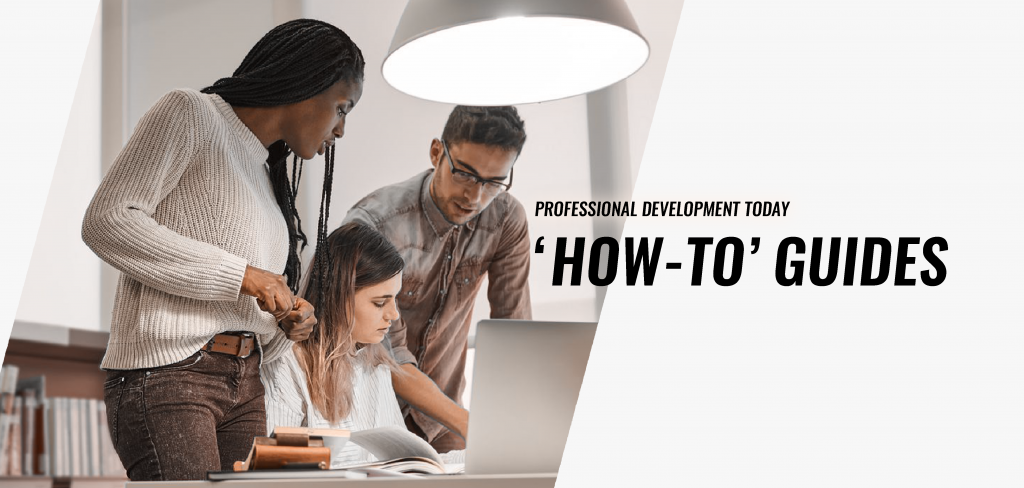
Agency and pulling strings
One of the benefits of EPBL is that students can develop social and network capital, as this increases their stock of ‘know who’. However if teachers are to make EPBL work well in their schools they need some of the same – they need links and contacts to make things happen, inside and outside the school. A good idea needs turning into action and challenges need to be overcome. So one of the important conditions for EBPL is that teachers can pull strings, for the advantage of students. This is known as personal ‘agency’ - the capacity to overcome challenges to achieve desired outcomes.
One of the explanations of why some schools are able to make rapid progress on brilliant projects is that they have critical staff who make things happen. However it is generally appreciated that this talent for getting things moving is not something that some people have and others don’t. It can be cultivated in a supportive environment, which is where brokerage plays its part. Someone who sits on the boundary between the school and the community is invaluable, especially if they have particular skills - agency. We are talking about a ‘broker’ who can access resources and find projects.
Professional Learning Task: Identifying potent contacts
Construct a mind map/network diagram of useful people outside school who you could phone/email from the outside world for support with projects in general. On the diagram put both their name and their ‘value’.
Check whether you diagram includes access to the following: care home, manufacturing company, specialized sports provision, agriculture/growing food, hospitality, art gallery, professional artist, finance/banking, retailing, religious faith, IT specialist/company, musician, medical professional, homeworker, builder/construction company, politician, personal grooming specialist (hairdresser, manicurist, make-up artist etc.). Your diagram can expand as you are reminded of new people.
The Ohio Community Collaboration Model
Some inspiration can be taken from Ohio is the US in the form of the Ohio Community Collaboration Model for School Improvement or OCCMSI (Anderson-Butcher et al., 2010). This model rests on the assumption that dominant school improvement model is generally inappropriate. It sees the US system epitomized in the ‘No Child Left Behind’ Act as very top down with the state departments of education establishing standards based curricula with strong accountability measures in the shape of state tests. This is seen as an introverted approach dominated by an education industry led by national government but supported by states, districts, think tanks, some academics, publishers and the testing industry. Anderson-Butcher and colleagues (p.161) argue that: